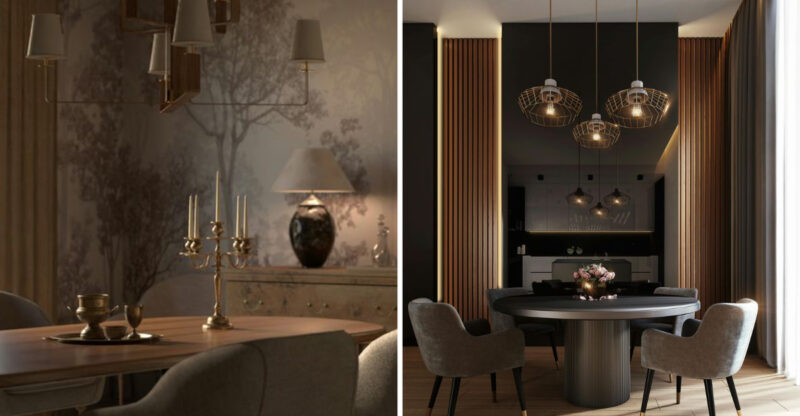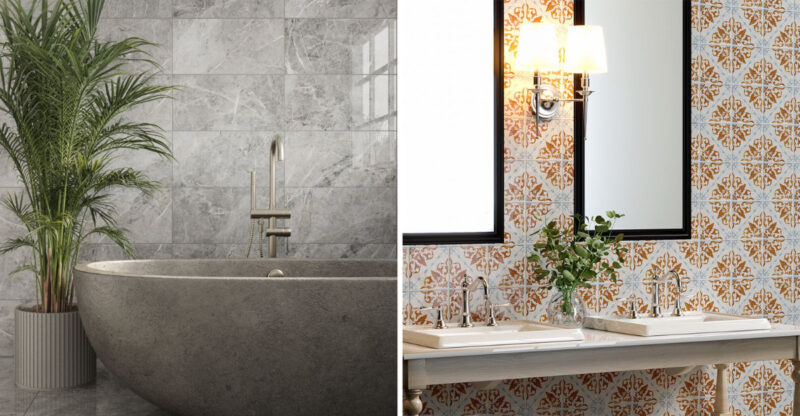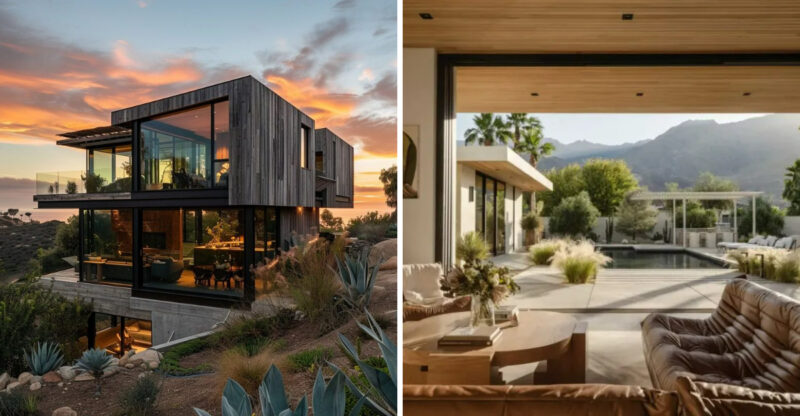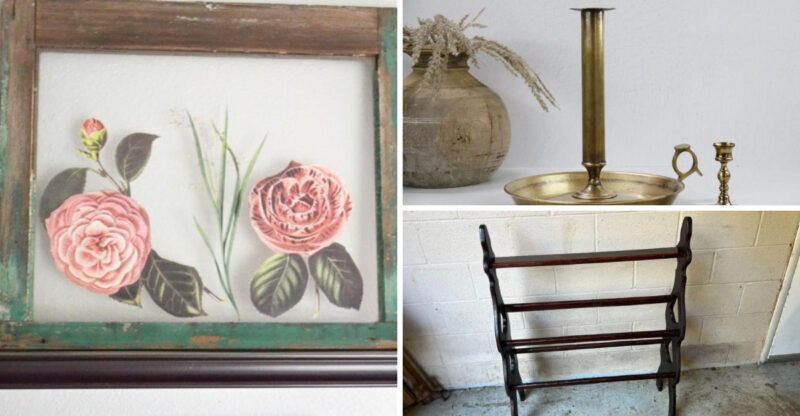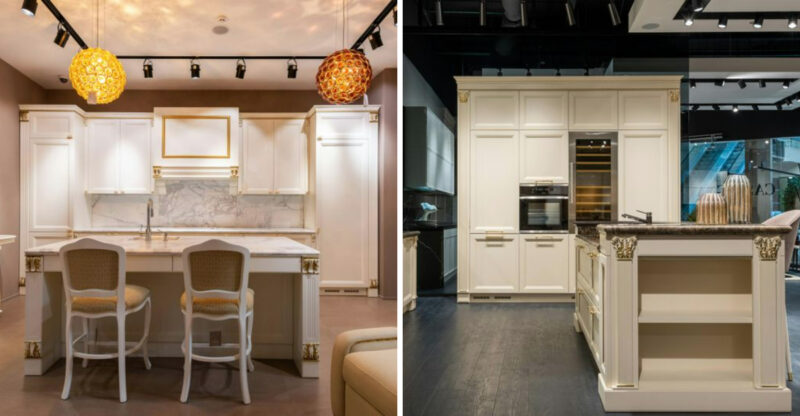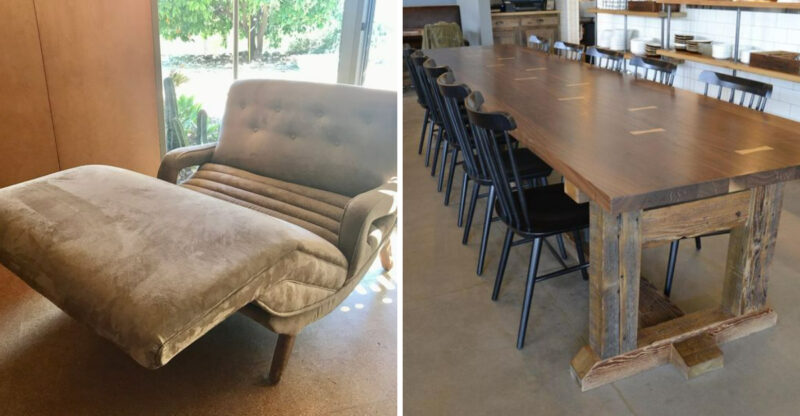Decor Items That Might Create Visual Clutter At Home
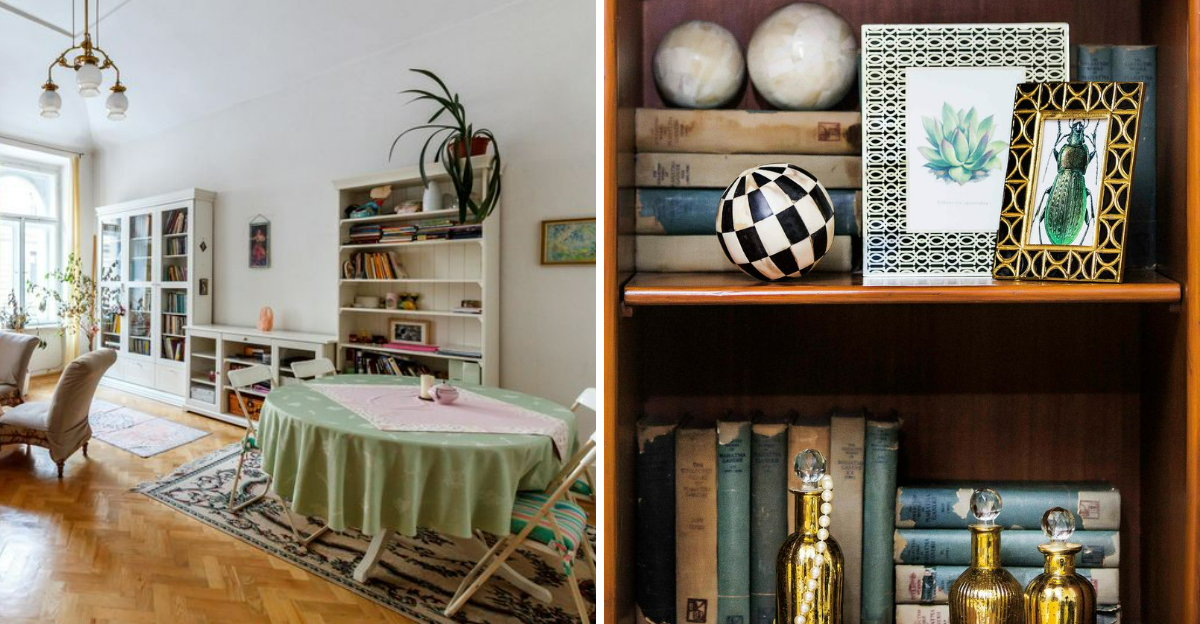
Your home should be a peaceful sanctuary, but sometimes our decorating choices create the opposite effect. Even with good intentions, certain decor items can make spaces feel cramped and chaotic rather than calm and inviting. Understanding what contributes to visual clutter helps you make better decisions about what to display and what to store away.
The ideas in this article are meant for general guidance and inspiration. Results may vary depending on your home layout, personal style, and organizational needs.
1. Refrigerator Magnets Gone Wild
Those tiny souvenirs from vacations and cute sayings have a way of multiplying across your refrigerator door. Before you know it, your kitchen focal point becomes a jumbled mess of colors and shapes with no visual harmony.
Consider limiting yourself to just a few special magnets, or create a rotating display where you showcase different ones each month. A cleaner fridge surface instantly makes your kitchen feel more organized and spacious.
2. Throw Pillow Overload
Adding one more cute pillow seems harmless until your couch becomes more pillow than seating. Guests awkwardly hold pillows on their laps because there’s nowhere else to put them, and making the bed turns into a daily workout routine.
Stick to a thoughtful arrangement of 2-4 pillows per sofa and 2-5 for your bed. Quality over quantity creates a more intentional look while keeping your furniture functional for its primary purpose.
3. Mismatched Photo Frames
Family photos bring warmth to any space, but a collection of differently sized, colored, and styled frames creates visual chaos. Your eye jumps from frame to frame without resting, making the whole display feel busy and disorganized.
Try grouping photos in matching or complementary frames for a gallery wall that feels cohesive. Alternatively, rotate your displayed photos seasonally rather than trying to show everything at once. Digital frames can also showcase multiple memories without taking up extra space.
4. Candle Armies
Candles create wonderful ambiance, but collecting dozens in various sizes, scents, and containers leads to cluttered surfaces. Half-burned candles gathering dust don’t add the calming effect you originally purchased them for.
Select a few quality candles that complement your decor and actually get used. Store seasonal scents away until their appropriate time. For maximum impact, group candles in odd numbers (three or five) rather than scattering singles throughout your home.
5. Overstuffed Bookshelves
Books bring character and intellect to a home, but shelves crammed with double-stacked volumes, horizontal piles, and books pushed to the very edge create visual stress. When every inch is filled, nothing stands out as special.
Allow your favorite books room to breathe by incorporating empty space between groupings. Display some books with covers facing forward as focal points. Consider keeping reference books in less visible storage while showcasing books with beautiful spines or special meaning.
6. Cable Spaghetti
Electronic devices bring entertainment and convenience but also trails of unsightly cords that snake across surfaces and down walls. Black cables against white walls create visual tension that your brain constantly tries to process and organize.
Invest in cable management solutions like cord covers, cable clips, or decorative boxes that hide power strips. Consider furniture with built-in cable management. For a quick fix, simply gathering related cords together with velcro wraps makes a noticeable difference in visual calm.
7. Overlapping Area Rugs
Area rugs define spaces and add warmth, but layering multiple rugs with different patterns creates visual confusion. Your eye doesn’t know where to focus when competing designs overlap or crowd a room.
Choose one statement rug per defined area that properly fits the space. Allow at least 18 inches of floor showing around the perimeter in most rooms. If you love the layered look, opt for a textured neutral base with a smaller accent rug on top rather than multiple competing patterns.

